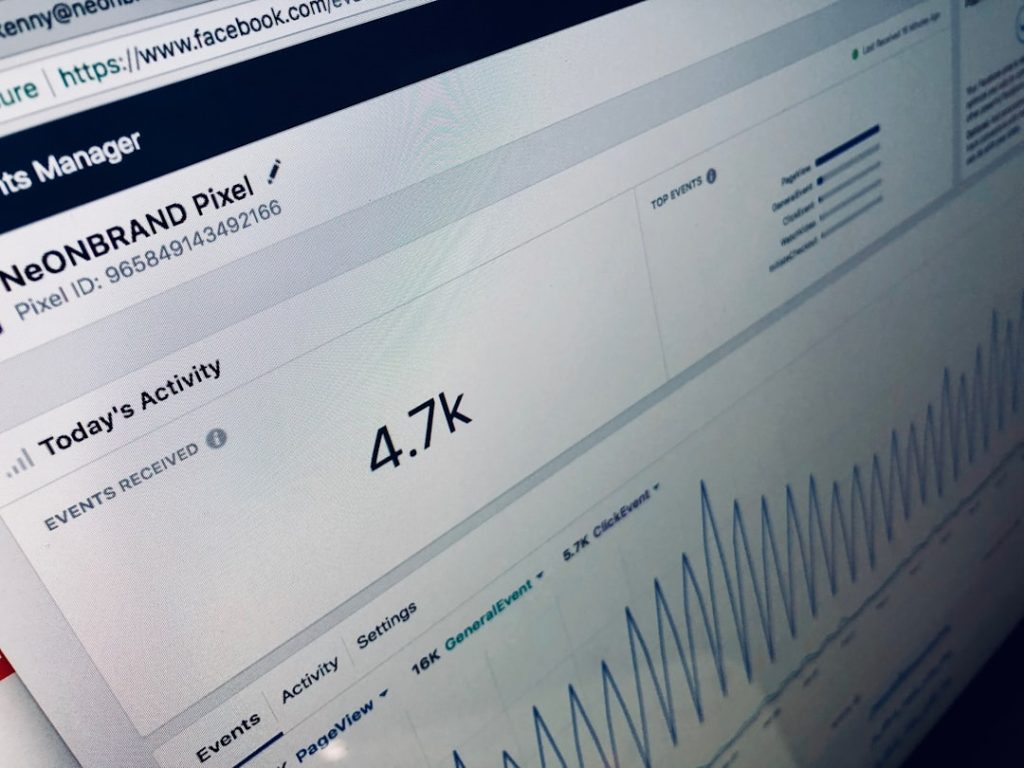In recent years, the legal landscape has witnessed a significant transformation with the advent of artificial intelligence (AI) chatbots. These digital assistants are revolutionizing the way legal services are delivered, making them more accessible and efficient. Traditionally, legal aid has been characterized by high costs and complex processes that often deter individuals from seeking help.
However, AI chatbots are changing this narrative by providing immediate assistance and information to users, thereby democratizing access to legal resources. By utilizing natural language processing and machine learning algorithms, these chatbots can engage in meaningful conversations with users, answering questions and guiding them through various legal processes. The rise of AI chatbots in legal aid is not merely a trend; it represents a fundamental shift in how legal services can be provided.
These tools can handle a multitude of inquiries, from simple questions about legal rights to more complex issues requiring nuanced understanding. By automating initial consultations, chatbots free up valuable time for legal professionals, allowing them to focus on more intricate cases that require human expertise. This shift not only enhances efficiency but also reduces the backlog of cases that many legal aid organizations face.
As a result, individuals who might have previously felt overwhelmed by the legal system can now access information and support at their fingertips, fostering a more informed and empowered public.
Key Takeaways
- AI chatbots are transforming the delivery of legal services by providing quick and accessible assistance to individuals in need of legal aid.
- Document automation is increasing efficiency and accessibility in legal processes, making it easier for individuals to navigate the legal system.
- Ethical concerns arise in the intersection of technology and legal ethics, requiring careful navigation and consideration in the development and use of AI in legal aid.
- AI has the potential to expand access to justice for underserved communities by providing affordable and efficient legal assistance.
- Addressing challenges and resistance to AI in legal aid is crucial in overcoming barriers to adoption and maximizing the benefits of technology in the legal sector.
- The future of AI in legal aid holds opportunities for innovation and collaboration, paving the way for improved access to justice and legal services for all.
Document Automation: Streamlining Legal Processes to Increase Efficiency and Accessibility
Document automation is another critical aspect of how technology is reshaping the delivery of legal services. The traditional process of drafting legal documents is often labor-intensive and time-consuming, requiring meticulous attention to detail. However, with the introduction of automated document generation tools, legal professionals can streamline this process significantly.
These tools allow for the rapid creation of standardized documents by inputting specific data points, which not only saves time but also minimizes the risk of human error. As a result, legal practitioners can devote more energy to strategic thinking and client interaction rather than getting bogged down in paperwork. Moreover, document automation enhances accessibility for individuals who may not have the means to hire a lawyer for every legal need.
By providing templates and guided workflows, these tools empower users to create their own legal documents with confidence. This democratization of document creation is particularly beneficial for underserved communities who often face barriers in accessing legal services. With user-friendly interfaces and step-by-step instructions, individuals can navigate complex legal requirements without needing extensive legal knowledge.
Consequently, document automation not only increases efficiency within law firms but also plays a pivotal role in expanding access to justice for those who need it most.
Ethical Concerns in AI Legal Aid: Navigating the Intersection of Technology and Legal Ethics

As AI continues to permeate the legal field, ethical concerns surrounding its use have come to the forefront. The integration of AI chatbots and document automation raises important questions about accountability, confidentiality, and the potential for bias in legal decision-making. For instance, while chatbots can provide valuable information, they lack the nuanced understanding that human lawyers possess.
This limitation raises concerns about whether users may inadvertently receive misleading or incomplete advice, potentially jeopardizing their legal standing. Legal professionals must grapple with these ethical dilemmas as they incorporate technology into their practices. Furthermore, issues of data privacy and security are paramount in discussions about AI in legal aid.
The sensitive nature of legal information necessitates stringent safeguards to protect client confidentiality. As AI systems collect and analyze vast amounts of data, there is an inherent risk of breaches or misuse of information. Legal practitioners must ensure that they are compliant with ethical standards while leveraging technology to enhance their services.
This balancing act requires ongoing dialogue within the legal community to establish best practices that prioritize both innovation and ethical responsibility.
The Potential Impact of AI in Expanding Access to Justice for Underserved Communities
AI has the potential to significantly expand access to justice for underserved communities that have historically faced barriers in obtaining legal assistance. Many individuals from low-income backgrounds or marginalized groups often encounter systemic obstacles when navigating the legal system. Traditional legal services can be prohibitively expensive, leaving many without the support they need to address their legal issues.
However, AI-driven solutions can bridge this gap by providing affordable and accessible resources tailored to the unique needs of these communities. By leveraging AI technology, organizations can develop targeted outreach programs that connect underserved populations with essential legal information and services. For example, chatbots can be programmed to address specific issues faced by these communities, such as housing disputes or immigration concerns.
Additionally, automated document generation tools can help individuals create necessary paperwork without incurring high costs. As a result, AI has the potential to empower marginalized groups by equipping them with the knowledge and resources needed to advocate for their rights effectively.
Overcoming Barriers to Adoption: Addressing Challenges and Resistance to AI in Legal Aid
Despite the promising benefits of AI in legal aid, several barriers hinder its widespread adoption within the industry. One significant challenge is the resistance from legal professionals who may be skeptical about integrating technology into their practices. Many lawyers are accustomed to traditional methods and may fear that AI could undermine their expertise or replace their roles altogether.
This apprehension can lead to a reluctance to embrace innovative solutions that could enhance their work and improve client outcomes. Additionally, there are concerns regarding the digital divide that exists within society. Not all individuals have equal access to technology or the internet, which can exacerbate existing inequalities in accessing legal services.
To address these challenges, stakeholders must prioritize education and training initiatives that equip legal professionals with the skills needed to effectively utilize AI tools. Furthermore, efforts should be made to ensure that technology is accessible to all individuals, regardless of their socioeconomic status. By fostering a culture of collaboration between technology developers and legal practitioners, the industry can overcome resistance and fully realize the potential of AI in enhancing legal aid.
The Future of AI in Legal Aid: Exploring Opportunities for Innovation and Collaboration

Looking ahead, the future of AI in legal aid holds immense promise for innovation and collaboration within the industry. As technology continues to evolve, new opportunities will emerge for enhancing service delivery and improving client experiences. For instance, advancements in machine learning could lead to even more sophisticated chatbots capable of providing personalized legal advice based on individual circumstances.
This level of customization could further empower users by offering tailored solutions that address their specific needs. Moreover, collaboration between tech companies and legal organizations will be crucial in shaping the future landscape of AI in legal aid. By working together, these entities can develop comprehensive solutions that integrate cutting-edge technology with a deep understanding of legal principles and ethics.
Such partnerships could lead to the creation of platforms that not only provide information but also facilitate connections between clients and qualified legal professionals when necessary. Ultimately, the future of AI in legal aid will depend on a collective commitment to harnessing technology for social good while ensuring that ethical considerations remain at the forefront of innovation. In conclusion, the rise of AI chatbots and document automation is transforming the delivery of legal services by increasing efficiency and accessibility while addressing ethical concerns and expanding access to justice for underserved communities.
Overcoming barriers to adoption will require collaboration and education within the industry, paving the way for a future where technology enhances rather than replaces human expertise in the pursuit of justice.
In a related article on MyLitiCare’s website, they discuss the importance of technology in the legal field and how it can improve access to justice. The article explores how automation and AI can help streamline legal processes and make legal aid more accessible to those in need. To learn more about this topic, you can visit MyLitiCare’s features page.













